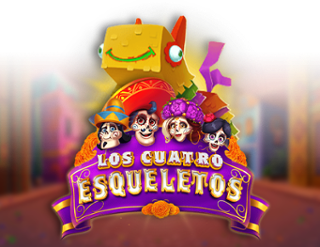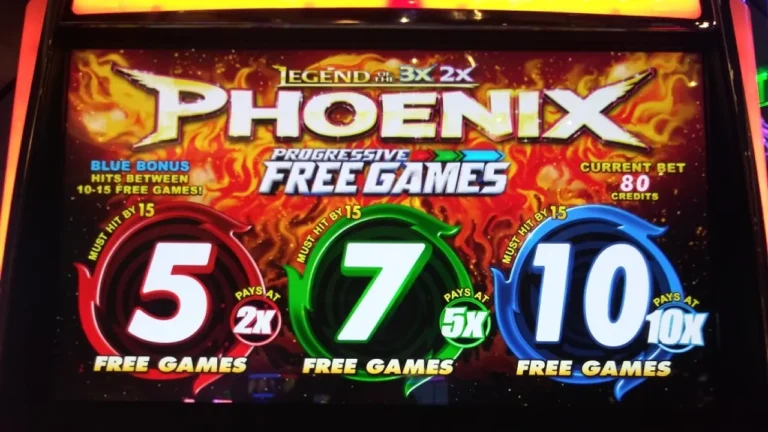
Los Cuatro Esqueletos Slot
The Los Cuatro Esqueletos Slot is more than just a game; it serves as a bridge connecting players to a deeper cultural narrative. This section examines the cultural elements embedded in the game and their implications.
Celebrating Death Los Cuatro Esqueletos Slot
Within many cultures, death is often viewed with sadness and mourning. However, the Los Cuatro Esqueletos Slot challenges this notion by celebrating death as a part of the cycle of life. This celebration is rooted in the Day of the Dead, where families honor their ancestors, reflecting the belief that the spirits of the deceased remain present during this time https://f8bet.io/.
The game’s lighthearted and colorful representations of skeletons exemplify how joy can coexist with remembrance. Players engaging with the slot are encouraged to revel in the festivities rather than dwell on loss, promoting a positive perspective toward mortality.
Symbolic Representation of the Skulls
Skulls, or calaveras, play a pivotal role in the visual representation of the Los Cuatro Esqueletos Slot. They serve as symbols of life, death, and the cyclical nature of existence. Each calavera featured in the game is intricately designed, showcasing various artistic styles and decorations that differ across regions in Mexico.
This design choice serves as a nod to the rich history of the Day of the Dead and highlights the importance of remembering one’s roots. Players can appreciate the artistry and craftsmanship that goes into each skull, fostering a greater understanding and appreciation for Mexican culture.
Community and Togetherness
Another underlying theme in the Los Cuatro Esqueletos Slot is community. The game encourages individuals to gather and celebrate, much like how families unite during the Day of the Dead. The joyful ambiance created through the animations and soundtrack evokes a sense of togetherness, reminiscent of how communities come together to honor their heritage.
By engaging with this slot, players are indirectly participating in this communal celebration, recognizing the historical and collective aspects that surround the depiction of death in various cultures.



